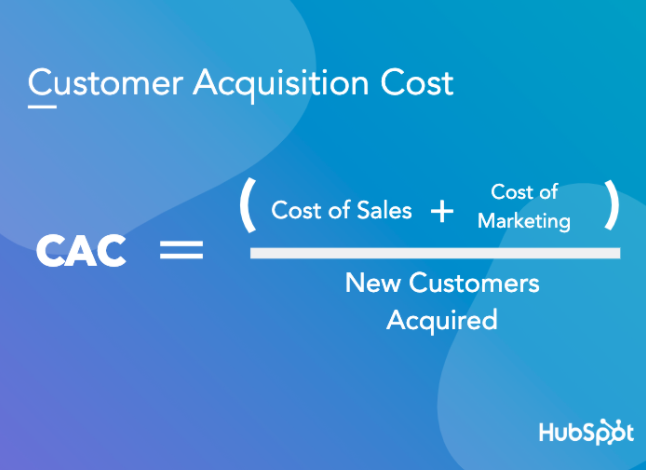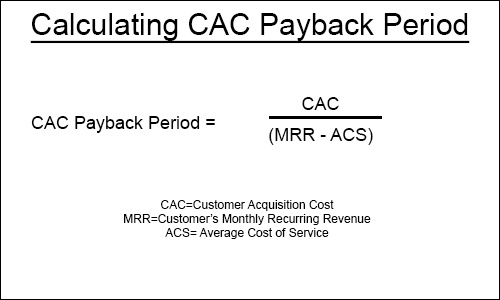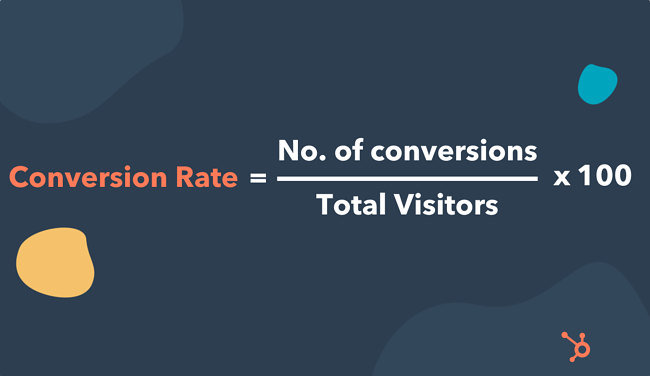Trends to follow in Content Marketing: Statistics for 2022
Before we start telling you about some trends for 2022, let's know in depth what content marketing is and all its implications.
To measure marketing campaigns and verify success, we must establish specific metrics. To help us identify control and continuous improvement points for each marketing department's efforts winners.
We know that these cannot exist without customers, without sales when it comes to business. Because of this, many techniques related to customer acquisition, retention, and loyalty have emerged for different industries and markets.
To grow the customer base, strategies, methodologies, and platforms that help manage each of the steps taken with the customer are needed.
The concept of digital marketing has expanded the vision of how to get to know the customer with: what their tastes are, how their way of buying is, among others, is known as a buyer persona, that ideal customer to whom you want to direct marketing, and sales efforts. For this, we used different strategies or methodologies. It is essential to underline that content marketing is a kind of marketing in which content is created and shared online to publicize what's on the article or content. Either works or buys the company's products or services, generating content in blogs, videos, or posts on social networks, which can position your company as a "reference expert" in your field.
Every time someone has a problem or wants to know about a specific topic, the first step they do is a search on google. It is an excellent opportunity for companies to capture their customers organically with answers to what they are looking for in their company. The key is to generate valuable content for users in different ways and in a constant practice that helps to be more and more visible to users.
But how would we be able to know the efforts are being productive, how can we visualize the results, and what metrics can use to measure them?
First, let's see, what are content marketing metrics?
We could say that they are the first step for any company to develop its plans and strategies. They stand represented by different indicators that help measure the success of a given campaign or the work of the Marketing department.
With these data, you can safely study each stage of a project without using guesswork to make crucial decisions and monitor and compare the work practically and directly.
Types of Marketing Metrics
Metrics for Content Marketing Success.
1. Traffic Sources:
It is important to know through which sources the content is being released and likewise which is the one that readers prefer to know such content. Find traffic sources to your blog or website; google analytics is a good option.
2. Customer Acquisition Cost:
Represents what the company spends on acquiring a new customer. Typically, you want to have a low CAC; if you have a high CAC, the company is paying more, comparatively speaking, to acquire new customers and could indicate a problem with sales or marketing efficiency.
How is it calculated? According to HubSpot.

3. CAC Payback Time:
Some customers could pay a monthly or annual fee or subscription; you typically want to have a payback period of fewer than twelve months. The shorter the payback period, the sooner you start making money from those new customers. Generally speaking, almost all businesses are looking for each unique buyer to bring in a profit within a year.
How is it calculated?

4. Conversion Rate (Leads-Clics):
The conversion rate could be the essential marketing metric, as it indicates precisely how many people you can initiate a relationship with and then attempt a sale. If many people provide their contact for the company, that is a good starting point.
However, you do not just consider the absolute number of Leads, but the percentage of visitors who convert into qualified Leads, which we call conversion rate (expressed as a percentage).
The click-through rate is in paid ad campaigns. It shows the average amount invested for each click received on an ad.
How is the conversion rate calculated?
Divide the number of leads (i.e., the number of people who took the desired action) by the number of visits on the page where your call to action was, or, if it was on one of your social media profiles, by the total number of people who viewed or opened your offer. Multiply the result by one hundred, and you have your conversion rate.

We also recommend you watch the HubSpot Marketing YouTube video on:
6 Ways to Increase Your eCommerce Conversion Rate (Optimization).
5. Bounce Rate:
It helps you understand the behaviors of users coming to the site or a particular page before, during, and after a campaign was active. The bounce rate tells you how many of these visits abandoned the site once they arrived on it; that is, the percentage of people who, after a few seconds, closed and left to another page.
How to calculate it?
It divides the total number of a single one-page visit by the total visitors.
6. Sales and Conversion Rate for SalesRead also: How does a workflow strategy help you improve your campaign?
Must take all of this into consideration in the search for improvements. It is crucial to have tools that contribute and help centralize information to efficiently manage the marketing department's process, from campaigns, lead conversion, blog publishing, social media, Etc. Hubspot is a very robust platform that can contribute a lot to the growth of your marketing and sales department.

Before we start telling you about some trends for 2022, let's know in depth what content marketing is and all its implications.

Discover why content marketing is crucial for your sales team. Develop effective strategies and adapt their use to your business areas.

The industry is a segment, in many cases complex, with many players and also very diversified in the types of B2B businesses that are handled.